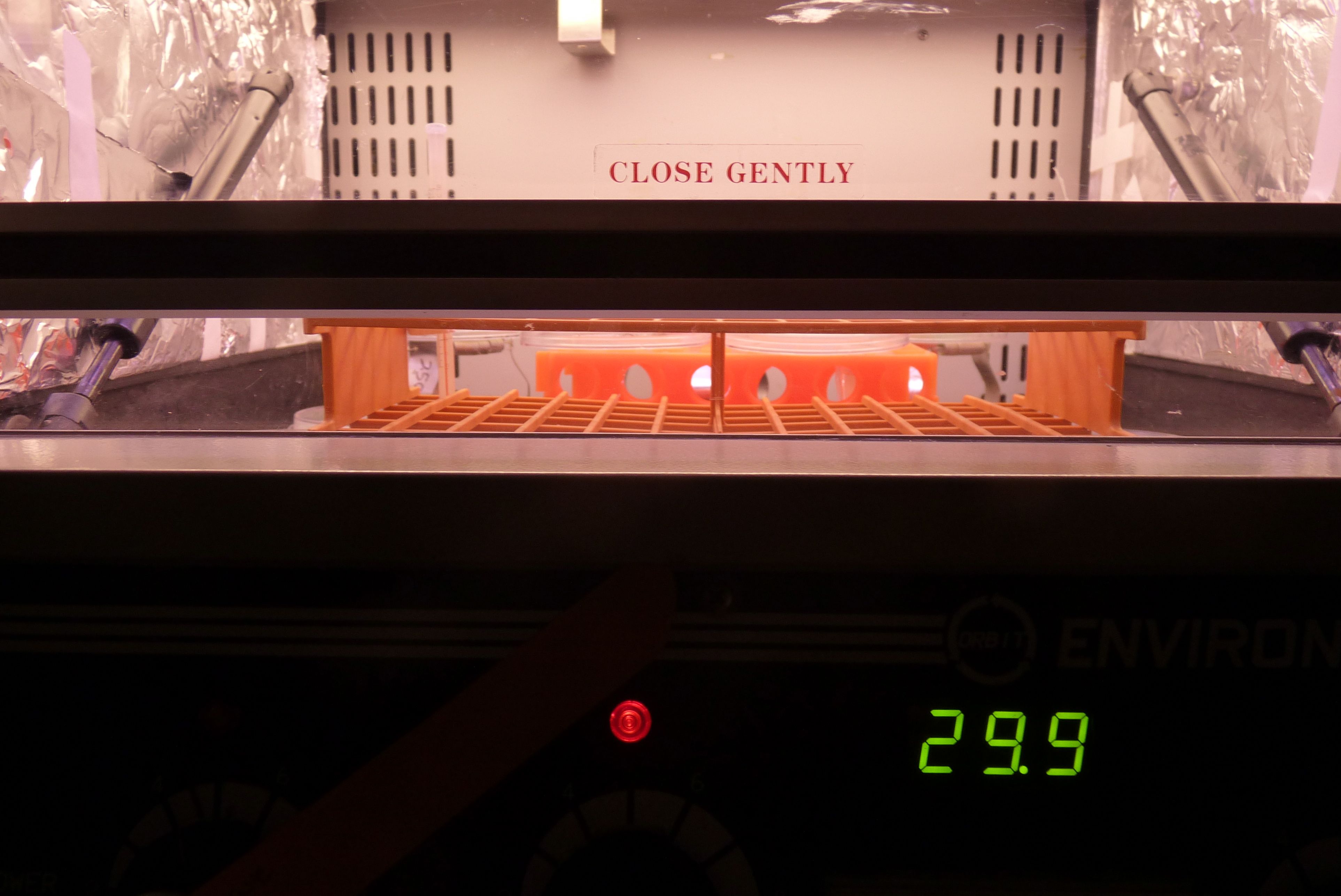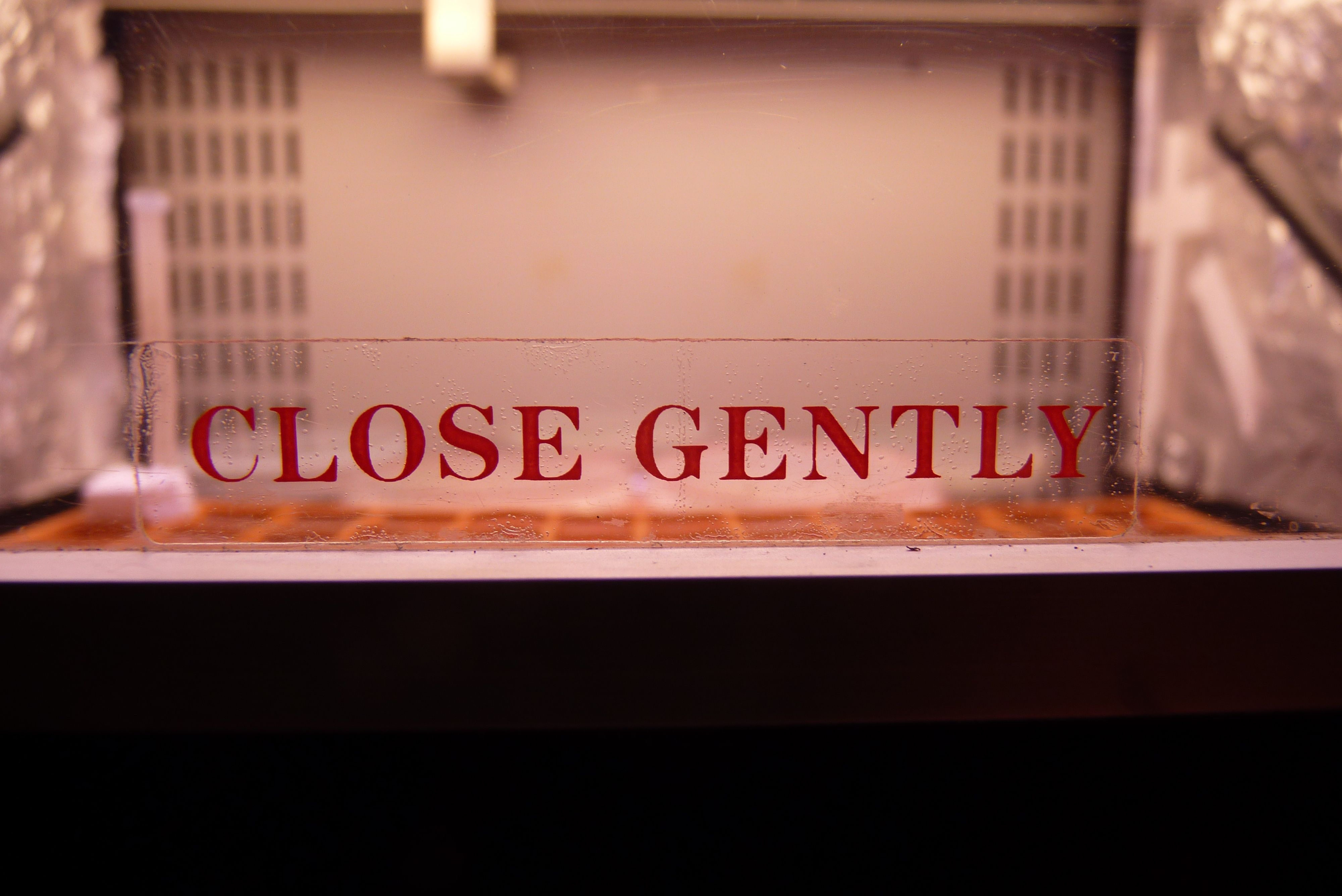Team:WashU/mobile/Week3
From 2012.igem.org
Website work
The website has undergone a complete overhaul, with the temporary completion of the header, along with a new horizontal navbar, a reformatted home page, more pictures, and a sponsors page. Work still remains on several of the major pages, but much has been accomplished in these first few weeks to bring the website close to completion.
YLC Collaboration
The team has put together the presentation that we plan to give at the YLC outreach endeavor. See the YLC page for an explanation of what we intend to do there. The team obtained permission from the Human Research Protections Office of WashU to give out surveys to the YLC students so that future iGEM WashU teams can continue this project and improve on it. The team biobricked the fluorescent proteins to the promoter and transformed cells with these new constructs. We have working constructs for YFP, GRP, and RFP. Our CFP construct did not work, so we decided to use Part:BBa_I13600 to make some CFP cells for the YLC and not troubleshoot the non-working construct.
 |
Modeling
We decided as a team to add a modeling segment to our project. The goal of creating our model was to show how production of our compounds of interest would vary based on environmental conditions such as light input and concentration of carbon dioxide. Since no one on our team had any experience with modeling, we consulted with Professor Yinjie Tang of the EECE department. Professor Tang kindly put us in contact with his graduate students Arul Varman and Xueyang Feng who were able to point us in the right direction. We were given a crash course in flux balance analysis and further reading to help us learn the basics, including a textbook on Metabolic Engineering.
Synechocystis
The team has constructed a new and improved incubator to grow Synechocystis, featuring new lights and a crazy concoction of aluminum foil and tape to minimize light leakage. In addition, the group has started the first culture of Synechocystis for the summer. A test plate is currently growing in the incubator. Below are a few pictures of our incubator.
E. coli
The team biobricked the BBa_K152005 (a synthetic pathway for E. coli to produce beta carotene) to our promoter (Part: BBa_J23100) using a modified version of the biobrick parallel assembly protocol. Then, we transformed E. coli cells with this plasmid and plated colonies. If the transformation works properly, then we will have a strain of E. coli that produces zeaxanthin, a necessary precursor to make our project's end products, safranal and crocin.
 "
"



